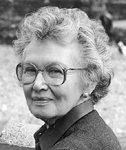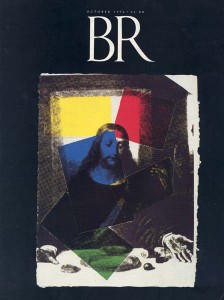When Andy Warhol died in 1987, the public knew him mainly as the “Pope of Pop.” He was that white-haired, avant-garde artist who hung out with rock stars—an irreverent iconoclast who tested the boundaries of art by painting the icons of popular culture, like Marilyn Monroe and Campbell’s Soup cans. But Warhol had another side, private and seldom shared, that he revealed in many of his later works. In the two years before his death, Warhol, a life-long Catholic, produced more than a hundred prints and paintings on religious themes, many of them based on Leonardo Da Vinci’s Last Supper. In “Jesus as Pop Icon: The Unknown Religious Art of Andy Warhol,” Jane Daggett Dillenberger suggests that Warhol’s beautiful, challenging Last Supper paintings reflect his struggle to reconcile his intense religious devotion with the profane but powerful images of American popular culture.

An art historian with a particular interest in Judeo-Christian art, Dillenberger is professor emerita at the Graduate Theological Union, in Berkeley, California. Besides her numerous publications, including Image and Spirit in Sacred and Secular Art (Crossroad, 1990), she has curated two traveling exhibitions on the history of American religious art. Her article, “Images of God in Western Art,” appeared in BR, Summer 1985.
Already a library member? Log in here.
Institution user? Log in with your IP address.

